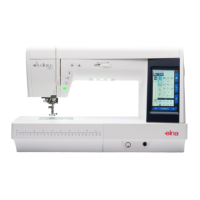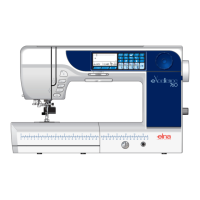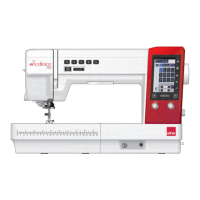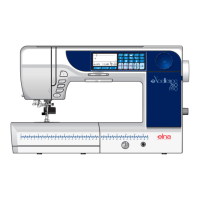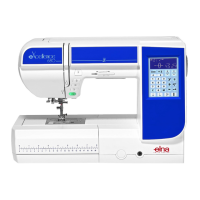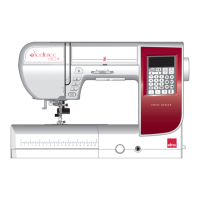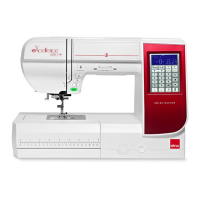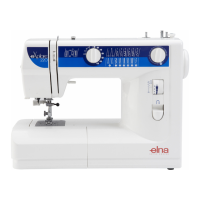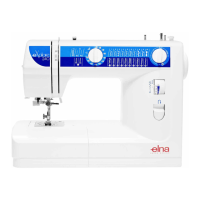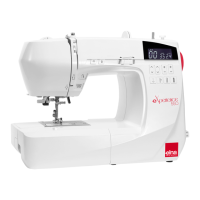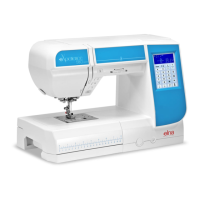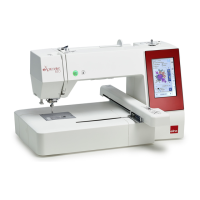Why does the needle thread keep breaking on my ELNA eXcellence 720?
- GGabrielle JenningsJul 26, 2025
The needle thread may be breaking on your ELNA Sewing Machine due to several reasons: * The needle might not be threaded properly. * The needle thread tension could be too tight. * The needle might be bent or blunt. * The needle might not be inserted correctly. * The needle and bobbin thread might not be properly under the presser foot when starting. * The fabric may not be moved to the back after sewing. * The thread might be too heavy or fine for the needle. * The thread might be tangled around the spool.


